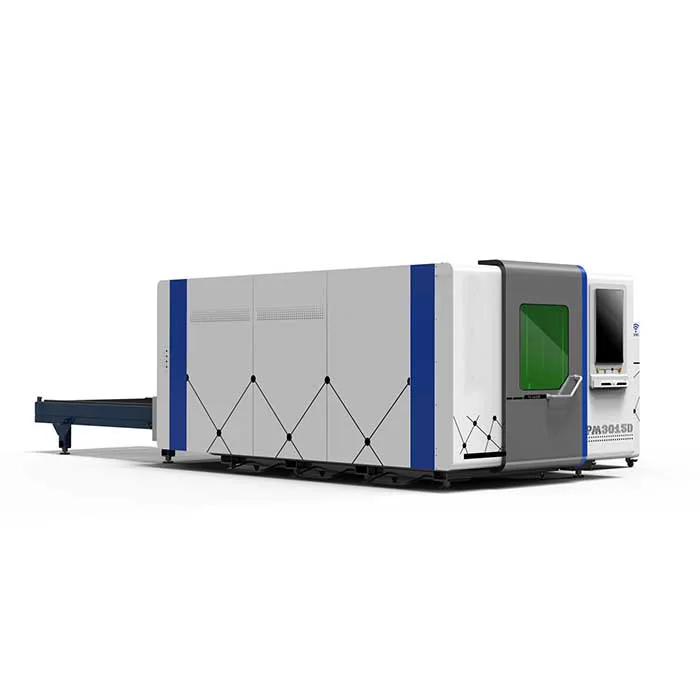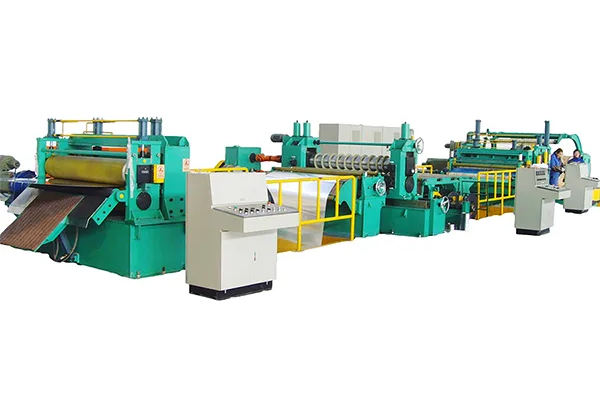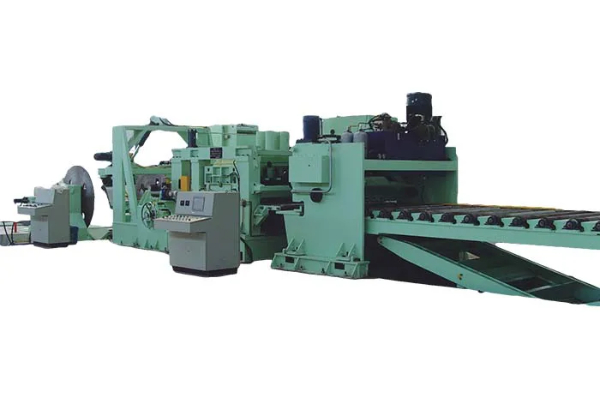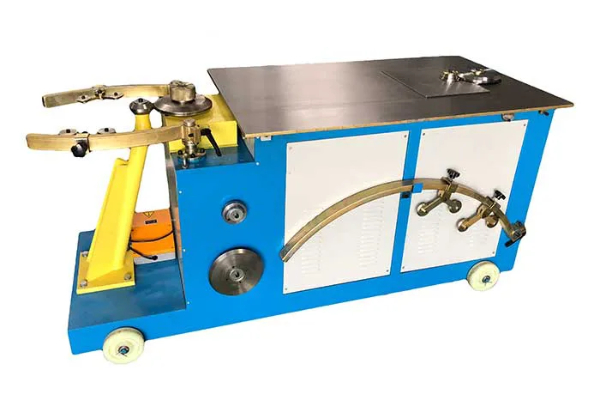
Quality Control Tips for Precision Metal Forming with Roll Forming
- By:Metmac
- 2024-07-30
- 365
Introduction
Roll forming, a versatile metalworking technique, produces complex metal profiles with extreme precision. Maintaining this precision, however, requires meticulous quality control measures. This article presents an in-depth exploration of quality control tips for roll forming, guiding manufacturers in ensuring the flawlessness and accuracy of their products.
Material Selection and Preparation
Choosing the Right Material: Selecting materials with suitable mechanical properties, such as strength, ductility, and corrosion resistance, is crucial for ensuring the formability and quality of the finished product.
Surface Preparation: Proper surface preparation, including cleaning, degreasing, and removing any defects, guarantees optimal adhesion of lubricants, coatings, and paints, preventing contamination and enhancing product performance.
Roll Design and Maintenance
Precision Roll Manufacturing: Precisely manufactured rolls are essential for accurate and consistent profiles. Regular inspection and maintenance, including roller resurfacing and regrinding, are crucial for maintaining their integrity.
Lubrication and Cooling: Appropriate lubrication and cooling systems minimize friction, prevent wear, and maintain the accuracy of the rolls. Regular monitoring and timely replacement of lubricants ensure optimal performance.
Process Control
Accurate Setup and Calibration: Proper alignment, gap adjustment, and calibration of the roll forming machines are essential for achieving the desired profile and dimensions. Regular calibration and maintenance ensure precision throughout the process.
Material Handling: Careful handling of materials during feeding, forming, and post-processing prevents damage or deformation, ensuring the integrity of the final product.
Inspection and Testing
Regular Inspections: In-process and final inspections, using dimensional gauges, profile projectors, and other tools, verify the accuracy and quality of the rolled profiles, detecting any deviations or defects.
Destructive Testing: In critical applications, destructive testing, such as tensile testing or bending tests, provides valuable insights into the material’s properties and the effectiveness of the forming process.
Operator Training and Certification
Skilled Operators: Well-trained operators with a deep understanding of roll forming principles and best practices are essential for maintaining quality standards.
Certification Programs: Certification programs provide operators with the necessary knowledge and skills to operate roll forming machines effectively and ensure consistent product quality.
Continuous Improvement
Process Monitoring: Regular data collection and analysis identify areas for improvement in the roll forming process, enhancing efficiency and reducing waste.
Customer Feedback: Gathering feedback from customers and end-users helps manufacturers refine their processes and optimize product design for specific applications.
-
Mastering Form and Force: A Guide to Modern Metal Plate Bending Machines
2025/12/16 -
Demystifying Sheet Metal Laser Cutting Machine Price: The METMAC Value Perspective
2025/12/16 -
Metal Sheet Machinery: The Engine of Modern Fabrication and the METMAC Advantage
2025/12/16 -
Beyond the Bend: The Power and Precision of the Modern Sheet Profile Machine
2025/12/16
-
Advanced Sheet Metal Rolling, Laser Cutting, and Folding Machines for Precision Fabrication
2025/10/31 -
High-Performance Sheet Metal Bending and Cutting Machines for Modern Fabrication
2025/10/31 -
High-Quality Sheet Metal Equipment for Sale: Efficient Solutions for Modern Manufacturing
2025/10/31 -
High-Performance Sheet Metal Equipment for Sale: Forming and Shearing Solutions for Modern Fabrication
2025/10/22
-
A Guide to the Latest Innovations in Sheet Metal Folding Machines
2024/11/29 -
Key Features to Consider When Investing in a Sheet Metal Folding Machine
2024/11/28 -
Enhancing Precision with Advanced Sheet Metal Folding Machines
2024/11/27 -
How to Choose the Right Sheet Metal Folding Machine for Your Workshop
2024/11/26







